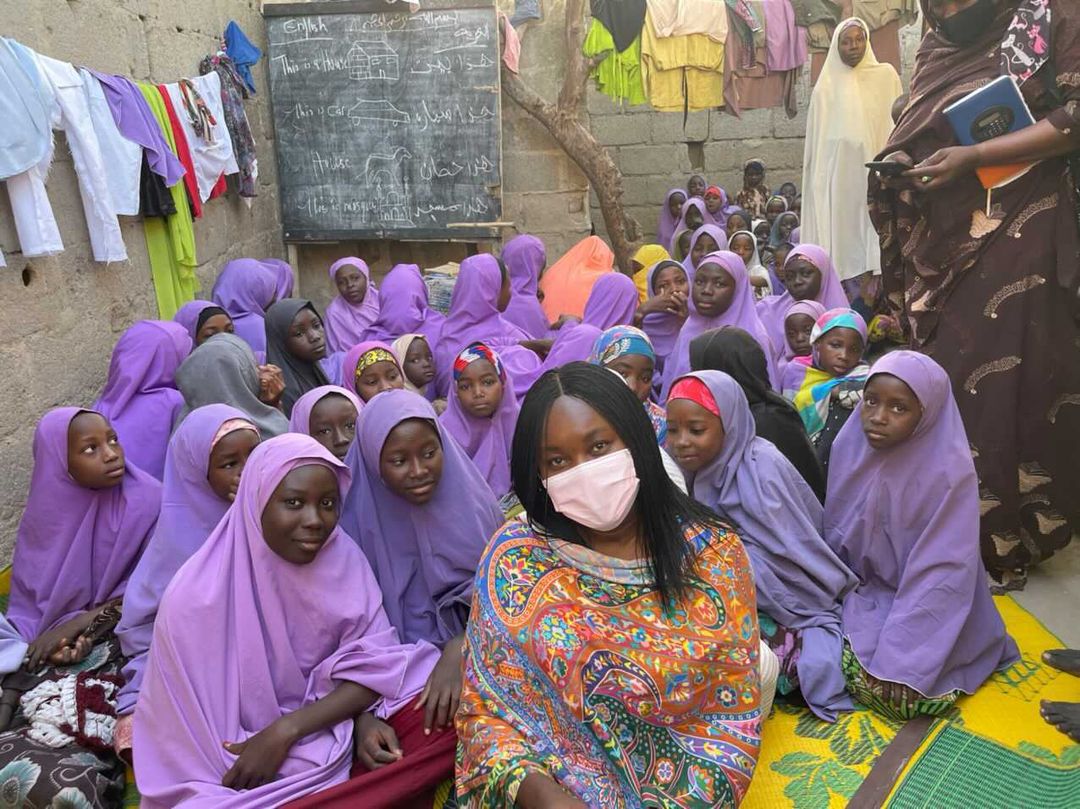We use evidence-based data to influence public policies and address issues in 5 focus areas
When a girl-child is educated, this serves as the building block for economic empowerment.
Education in all its forms is key to breaking the cycle of poverty. On individual level, education can be the difference between a life lived below or above the poverty line. On societal scale, educating girls is seen as the closest thing to a silver bullet for eradicating poverty.
03. Health
Poverty is both a cause and a consequence of poor health. Poverty increases the susceptibility to poor health. Poor health, in turn, traps communities in poverty, creating a negative feedback loop sometimes referred to as the health-poverty trap.
The World Bank Group considers financial inclusion a key enabler to reduce extreme poverty and boost shared prosperity. Access to financial services empower poor people to capture opportunities and build resilience.
05. Nigeria / Africa
Currently 7.2 billion people live in the world, where Africa makes up 1.3 billion of this. Meanwhile 430.3 million of the African population live below poverty line.
Meanwhile, in Nigeria...
60% : 40%
The ratio of girls and boys out-of-school is 60% for the girl child and 40% for the boy child.More than one of every three women have experienced either physical or sexual violence at some point in their life resulting in both short- and long-term consequences for their physical, mental, and sexual and reproductive health.
#1
Highest number of out-of- school children in the world.10.5 million
About 10.5 million children are not in school even though primary education is officially free and compulsory.39.4%
of the total number of children of primary school age in Nigeria, only 39.4% are enrolled for primary education.one in every five of the world’s out-of-school children is in Nigeria.
Malaria remains the top-killer in North Eastern Nigeria.
10%
Only 10% of the population have access to essential drugs.2.6 million
adults are infected with HIV/AIDS.30%
30% of Children under 5 are underweight due to malnutrition.1 out of 10 children born are likely to die under age 5.
50%
Only 50% have access to safe drinking water.70%
Achieving optimal level of financial inclusion in Nigeria means empowering 70% of the population living below poverty level and providing basic income for all.47.5%
Only 47.5% Nigerians have access to financial services.3%
Only 3 in 100 adults (3%) have mobile money accounts.41%
41% of Nigerians do not save with their financial institutions.50%
Nearly 50% of Nigerians live in extreme poverty.37%
Only 37% Adults have a registered bank account.41.6%
41.6% of the Nigerian populace are completely financially excluded with North-East Nigeria having the highest financial exclusion rate of 68%The situation in Nigeria and Africa is grim
33.6%
7.2 billion people live in the world, 1.3 billion of this live in Africa; of which 33.6% live below poverty line.44.3%
Of the 1.3 billion people that live in Africa, 197.4 million live in Nigeria; approximately 44.3% of this are poor.We are catalysts. We are facilitators.
Our work centers on leveraging partnerships, technology and innovation for economic prosperity in the fight against poverty
Gathering Data for development action
Increasing access to finance
Enabling actions for progress
Influencing perceptions, decisions and actions


